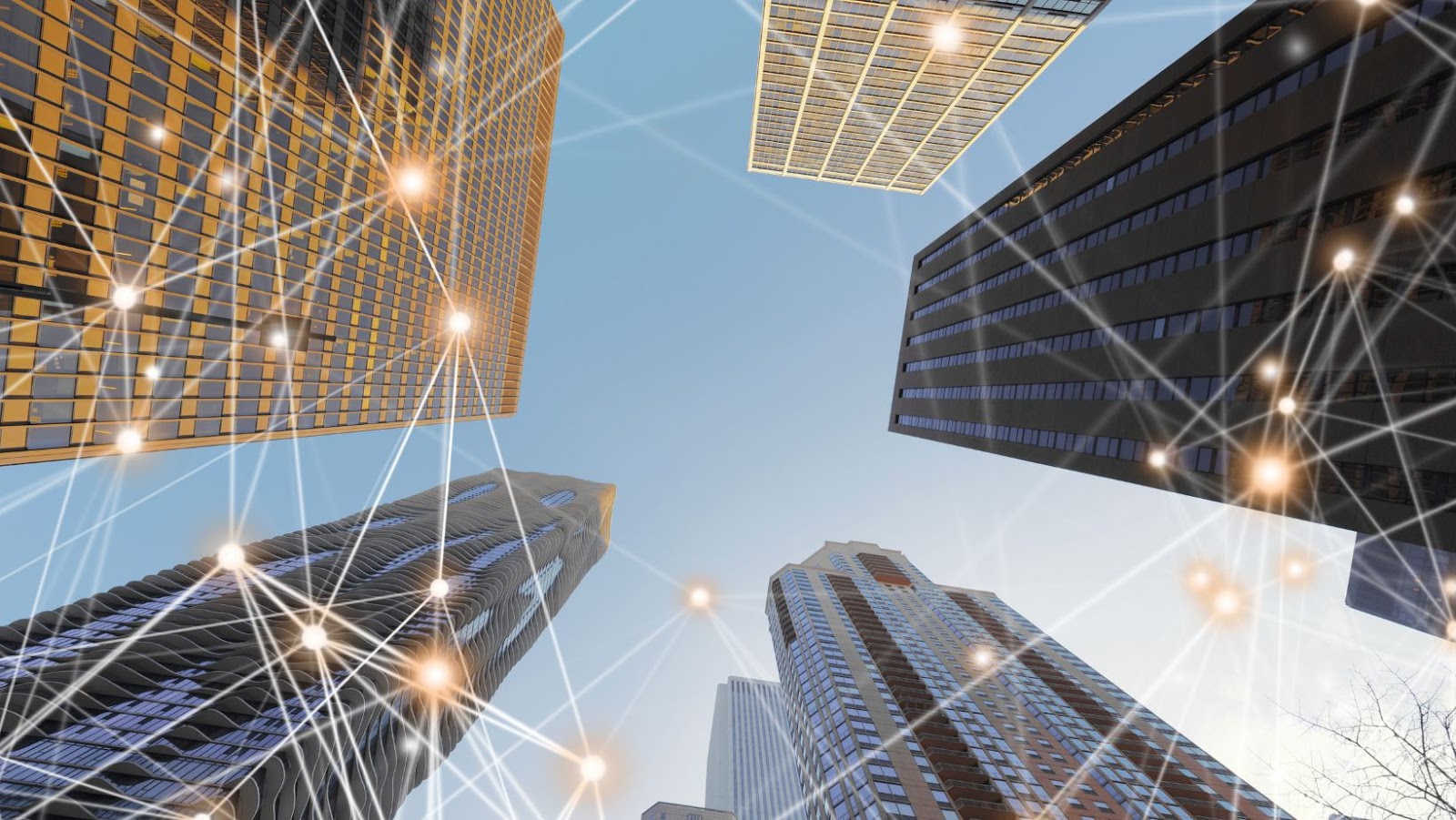Blockchain technology has been gaining traction in recent years, with more and more companies incorporating it into their operations. However, many individuals still question whether blockchain is safe. As an expert, I can confidently say blockchain is safe.
One reason for its safety is the decentralized nature of the technology. Rather than having all information in a central location that can be susceptible to hacks or cyber attacks, each block in the blockchain contains a unique digital fingerprint called a hash, making it nearly impossible to change or tamper with previous blocks without being detected. With the rise of crypto prime brokerage services, investors now have access to sophisticated trading tools and custodial solutions, enhancing the security and efficiency of their blockchain-based transactions.
Furthermore, blockchain uses advanced cryptographic techniques to ensure that data within each block remains secure and private. This makes it nearly impossible for an unauthorized party to access or manipulate the data stored in the blockchain. Overall, the security and safety of blockchain technology remains a top priority for developers and businesses alike, further reinforcing their commitment to protecting data.
The Basics of Blockchain Technology
Blockchain technology is one of the most revolutionary inventions that has overtaken the world. It has become popular because of its ability to provide security, transparency, and immutability in digital transactions. In addition, this technology is the backbone of various cryptocurrencies, including Bitcoin, Ethereum, and Litecoin.
The safety of blockchain technology is a highly discussed topic in the digital world, especially regarding online financial transactions. To answer the question, “is blockchain safe?” the answer is yes, as long as it is used properly and secured by strong mechanisms.
Here are some basics of blockchain technology that make it a secure option for digital transactions:
- Decentralization: The blockchain network is decentralized, meaning the information is stored across various nodes or computers rather than in a central location. This helps ensure the network is more secure and resistant to attacks, as there isn’t a single point of failure.
- Encryption: Each block in the blockchain is encrypted with a unique code called a cryptographic hash, which makes it almost impossible to hack or change the data stored in the block without being detected.
- Consensus mechanism: Transaction validation in the blockchain network is done through the consensus mechanism, which ensures that only valid transactions are included. For some cryptocurrencies, the consensus mechanism is a proof of work mechanism where miners compete to solve complex cryptographic puzzles.
- Immutability: Once a block is added to the blockchain, it cannot be altered or deleted. The distributed nature of the blockchain network means that it’s almost impossible to rewrite the entire chain’s history without detection.
While blockchain technology is designed to be secure, it is also essential to remember that it makes it nearly impossible to reverse financial transactions. Therefore, it is crucial to double-check transactions before they’re validated.
In conclusion, blockchain technology is a safe and secure option for digital transactions, as long as it’s used properly and implemented with strong mechanisms.

Security Measures For Blockchain Networks
As we know, blockchain is a secure technology by design. But as blockchain-based applications continue to be developed and deployed, it is important to ensure adequate security measures are put in place to remain secure.
Here are some of the security measures that are commonly employed by blockchain networks:
- Cryptography
Cryptography is at the core of blockchain security. Writing or reading secret messages in a way makes them appear meaningless to anyone who doesn’t have the key to decrypt them. Cryptography is used to secure data at rest, in transit, and in use.
- Consensus Mechanisms
Consensus mechanisms are designed to ensure that transactions added to the blockchain are valid and legitimate. There are several consensus mechanisms, including Proof of Work (PoW), Proof of Stake (PoS), and Delegated Proof of Stake (DPoS). Each mechanism has its strengths and weaknesses, but all are designed to prevent malicious actors from taking control of the network.
- Distributed Architecture
Blockchain networks are typically distributed across many nodes or computers. The more distributed a network is, the more secure it is. If a hacker wanted to take down the network, they would need to take down a significant proportion of nodes simultaneously, which is very difficult.
- Smart Contract Audits
Smart contracts are self-executing contracts that automatically enforce the terms of an agreement. Therefore, it is essential to conduct audits of smart contracts to ensure that they function as intended and have no exploitable vulnerabilities. Vulnerabilities in smart contracts can lead to significant losses for users.
- Regular Updates
Blockchain technology is constantly evolving, and new security threats are continually emerging. Therefore, keeping the software up-to-date with the latest security patches and updates is crucial to ensure the network remains secure.
In conclusion, blockchain technology is inherently secure, but as with any technology, security measures must be implemented to ensure it remains safe from malicious actors. Cryptography, consensus mechanisms, distributed architecture, smart contract audits, and regular updates are some of the most important security measures blockchain networks adopt to maintain their security.

Is Blockchain Safe
As with any innovative technology, there are potential threats and risks to consider regarding blockchain safety. Here are some of the key areas of concern when it comes to blockchain safety:
- 51% Attack
A 51% attack occurs when a single entity controls 51% or more of the computing power on a blockchain network. This would allow the attacker to modify transaction data recorded on the blockchain, effectively allowing them to steal cryptocurrency or manipulate transactions. While 51% attacks are rare, they can be devastating when they do occur.
- Smart Contract Vulnerabilities
Smart contracts on a blockchain are self-executing, meaning they are automatically executed when certain conditions are met. However, vulnerabilities in the smart contract code can be exploited to potentially steal cryptocurrency or other assets stored on the blockchain.
- Malware Attacks
Malware attacks can compromise the security of a blockchain by stealing private keys or injecting malicious code into a blockchain network. This can result in the theft or loss of cryptocurrency or other assets stored on the blockchain.
- Regulatory Risks
While blockchain is an innovative technology with enormous potential, there are regulatory risks to consider. Governments worldwide are still grappling with regulating cryptocurrency and blockchain, and unregulated activity can pose risks to investors and users of blockchain technology.
In conclusion, while blockchain technology is generally considered safe and secure, some potential threats and risks must be carefully considered. Nevertheless, individuals and organizations can safely and effectively use blockchain to store and exchange assets by being aware of these risks and taking appropriate measures to mitigate them.
Additionally, choosing the best crypto exchange can further enhance security and reliability in handling digital assets.

Conclusion
In conclusion, it’s important to understand that although blockchain technology provides a high level of security, it’s not entirely bulletproof. The safety of blockchain depends on the design and implementation of the specific blockchain, the consensus algorithm used, and user behavior.
However, with proper implementation, blockchain has proven to be a much safer option than traditional centralized systems. Moreover, it eliminates the need for intermediaries, further enhancing its security.
While blockchain attacks and scams are rare, they do happen. Therefore, before investing in a blockchain-based project or using a blockchain-based service, it’s essential to research the project, analyze the risks, and make an informed decision.
Overall, it’s safe to say that blockchain technology is a significant step towards enhancing security and privacy in the digital era. However, it’s no magic bullet, and one should remain vigilant to ensure the safety of their investments and data.



